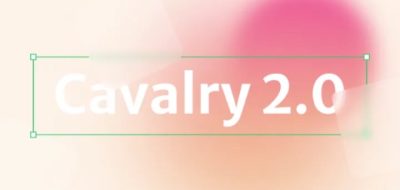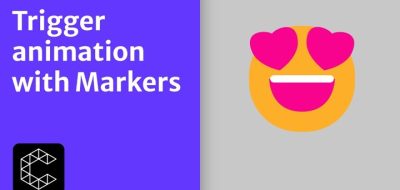Ian Waters shows how you can use composition constraints to glue things to the bounds of your composition.
The motion graphics 2D animation app Cavalry is now in public beta. You can download and use Cavalry to see how animation works in a modern, responsive, built for work app other than After Effects.
Cavalry Makes Some Things Super Easy
There are a lot of features to unpack in Cavalry. Most of the features that stand out are ones that you won’t in After Effects without a third-party plugin or making it yourself with convoluted scripting. One thing is having elements respond to the boundary of your compositions. In Cavalry, there is a Composition Constraint just for this purpose.
Composition Constraint
The cavalry app comes with a bunch of constraints, something that I believe is essential for animation. You can use the Comp Constraints to set up elements that can update dynamically and responsively based on the composition resolution. That means when the boundary of the comp changes, the items will float to a new position. Combine comp constraints with Cavalry’s Dynamic Rendering things can get pretty impressive.
What is Cavalry?
Cavalry is designed from the ground up to be a modern motion graphics tool for the challenges of today’s work. The app is to be a super-responsive application for 2D animation while incorporating advanced tools that artists already use in other workflows but are laughably missing in Adobe After Effects (barring shelling out premiums to third parties for scripts, presets, and extensions).
Get Cavalry Public Beta
It’s pretty easy. Visit the Scene Group and join in on the beta. You can also find more information on the public beta here. The Cavalry Public Beta release is free, and it’s available for macOS and Windows.
Then have a look at some of the getting started tutorials and documentation to help get you going.






